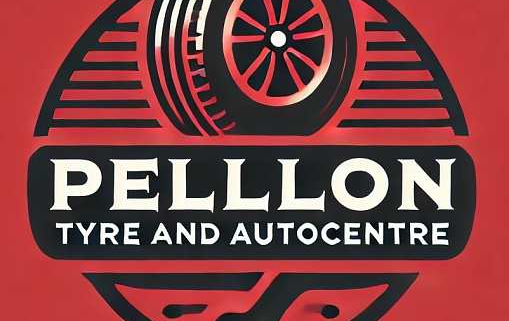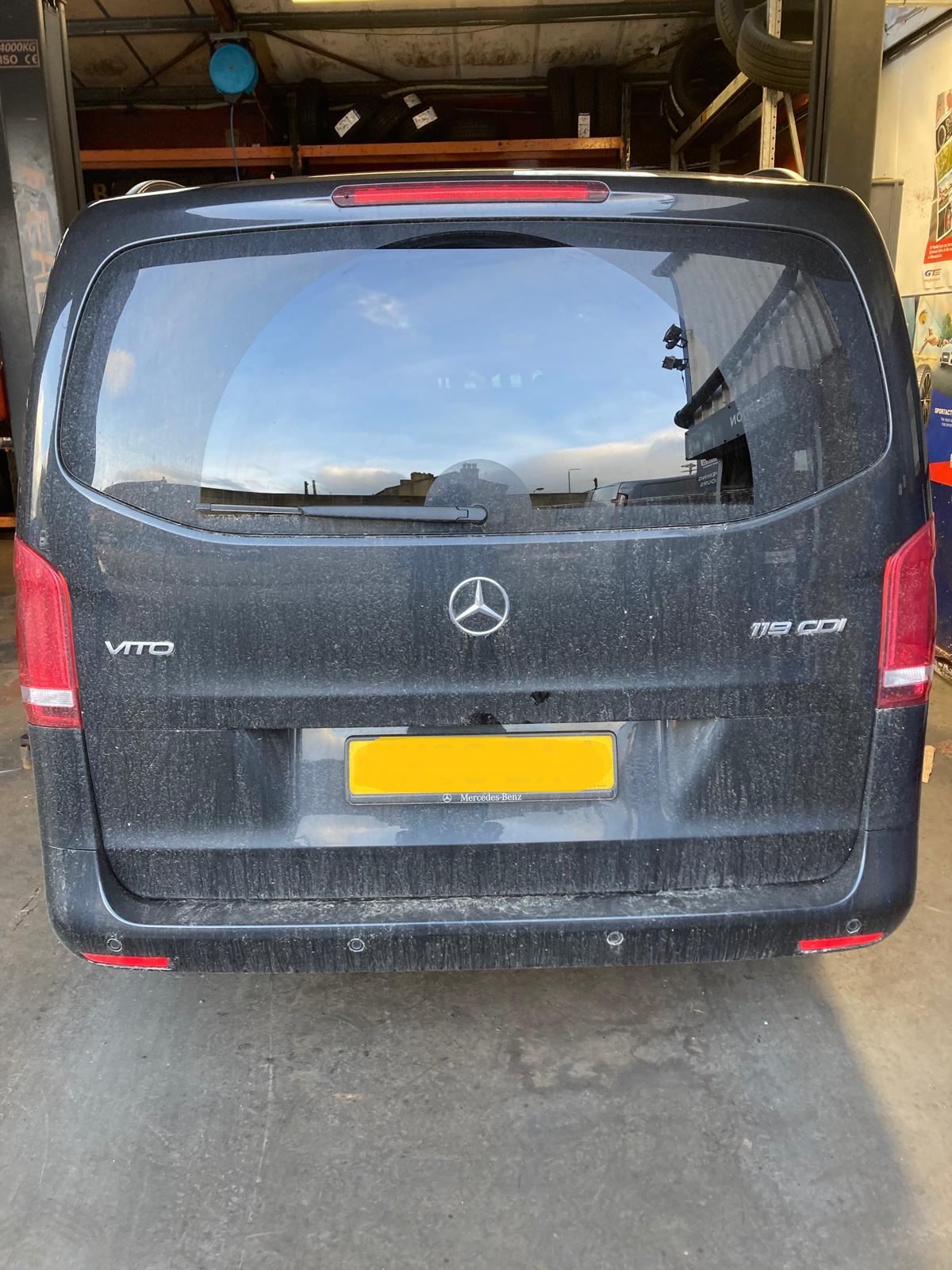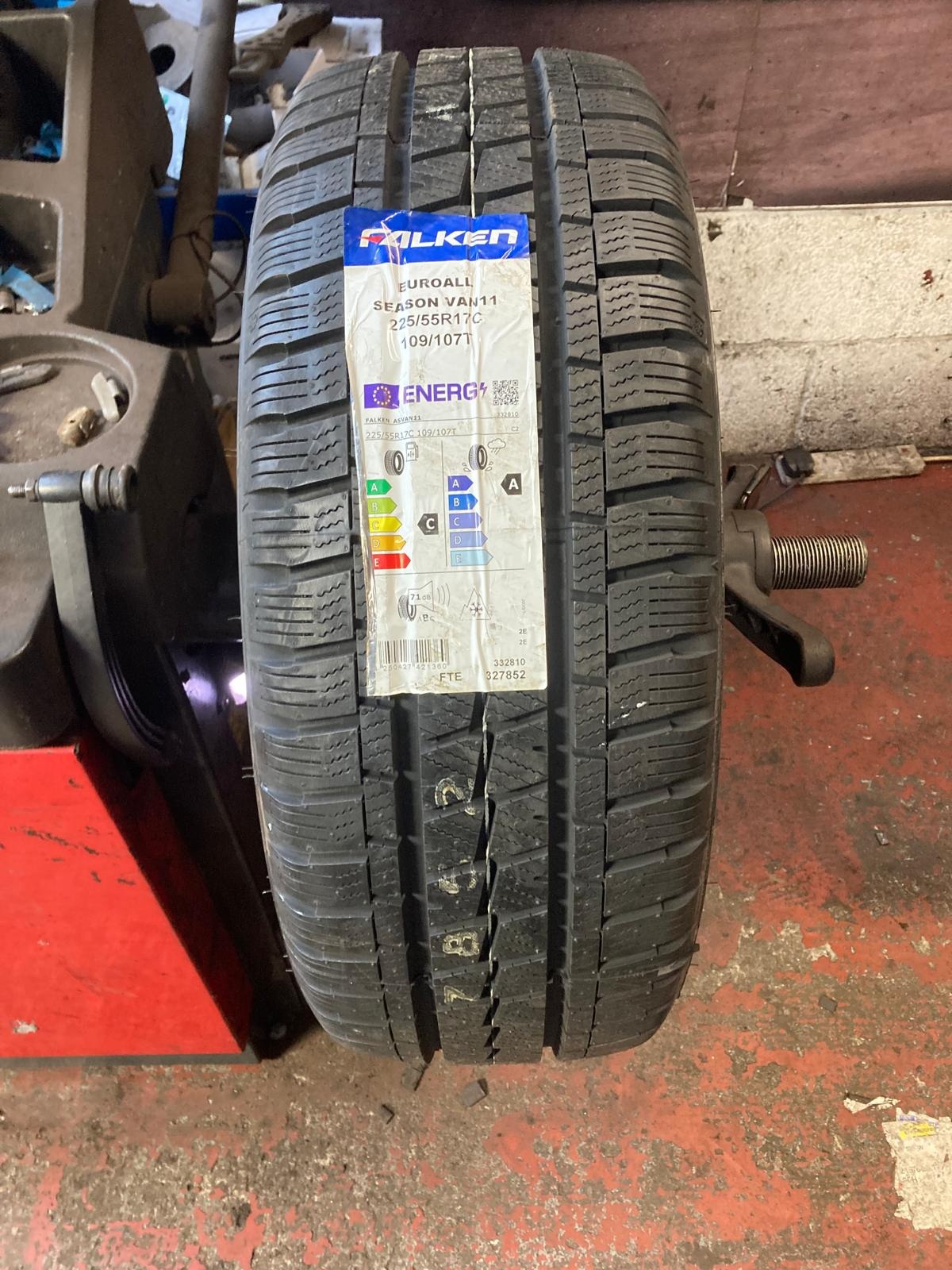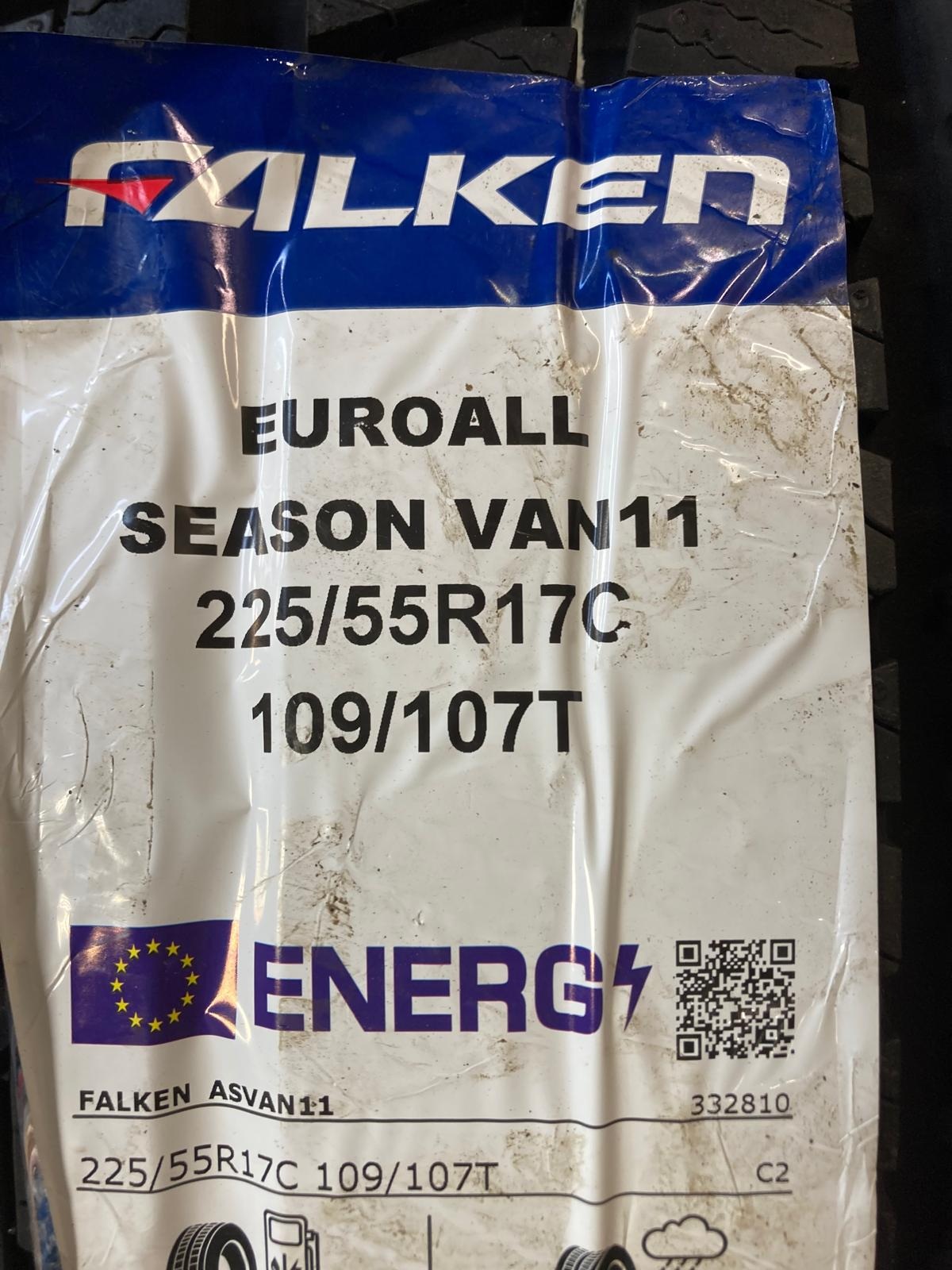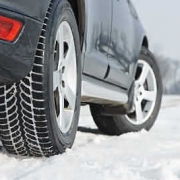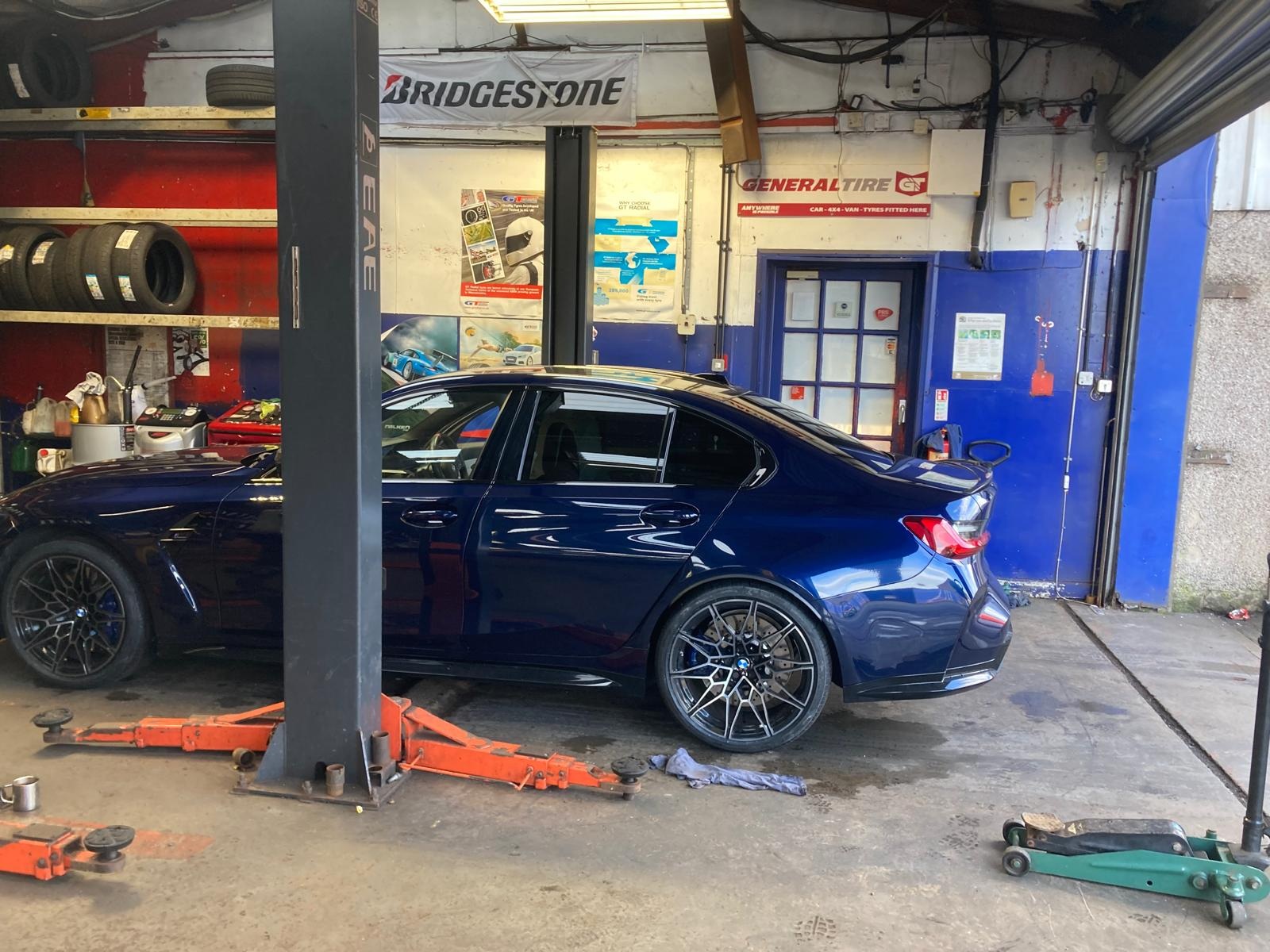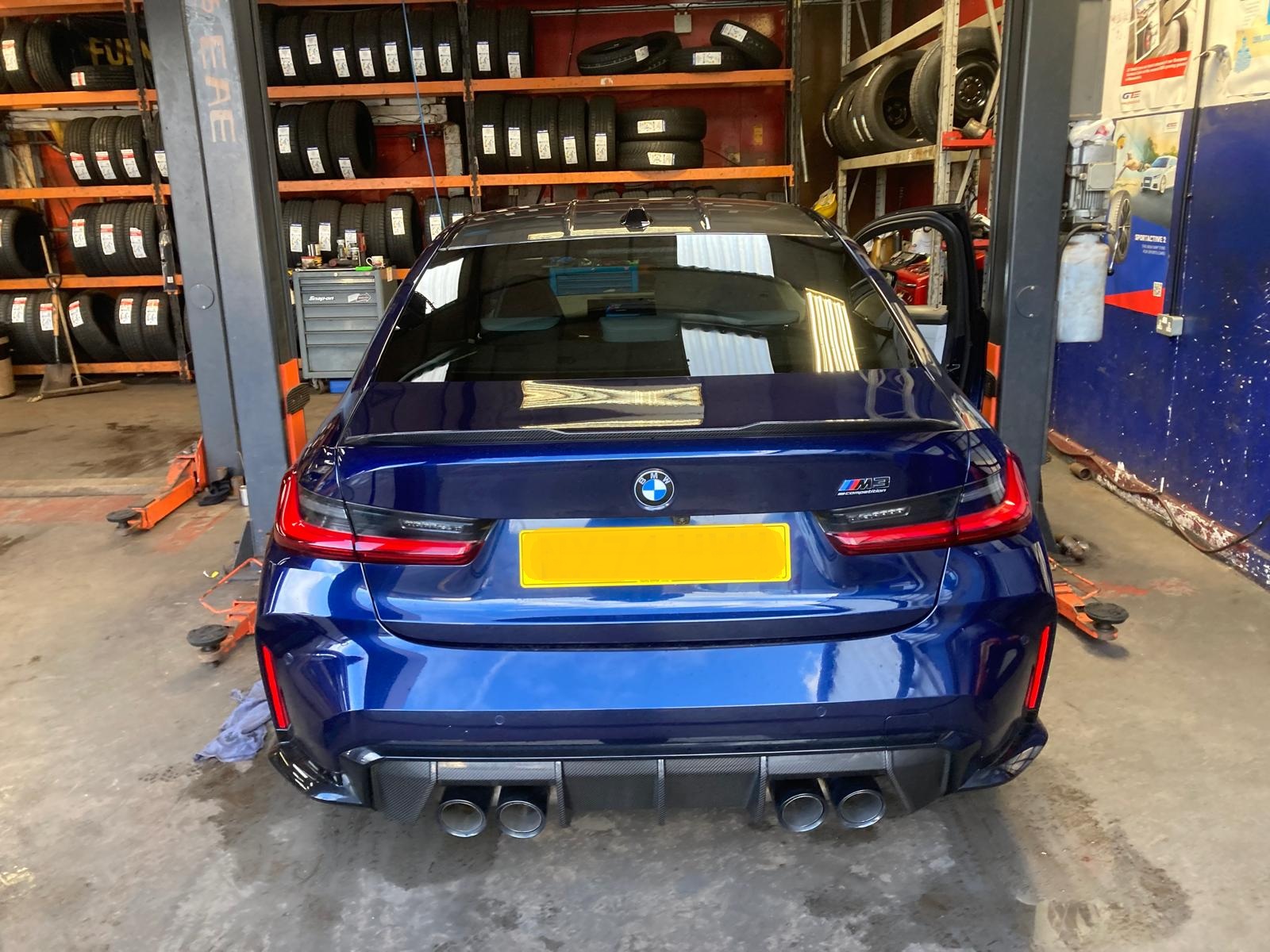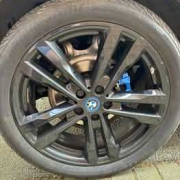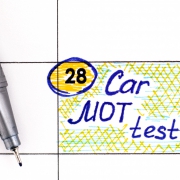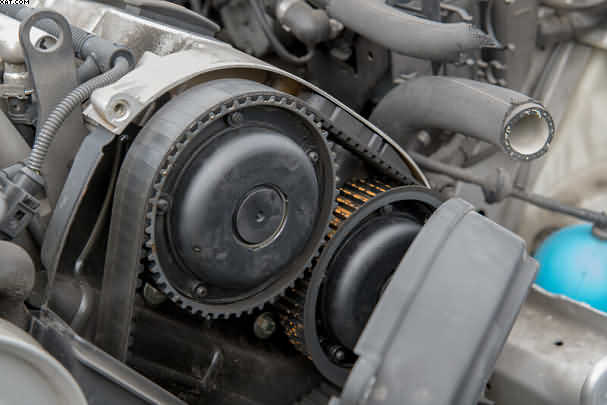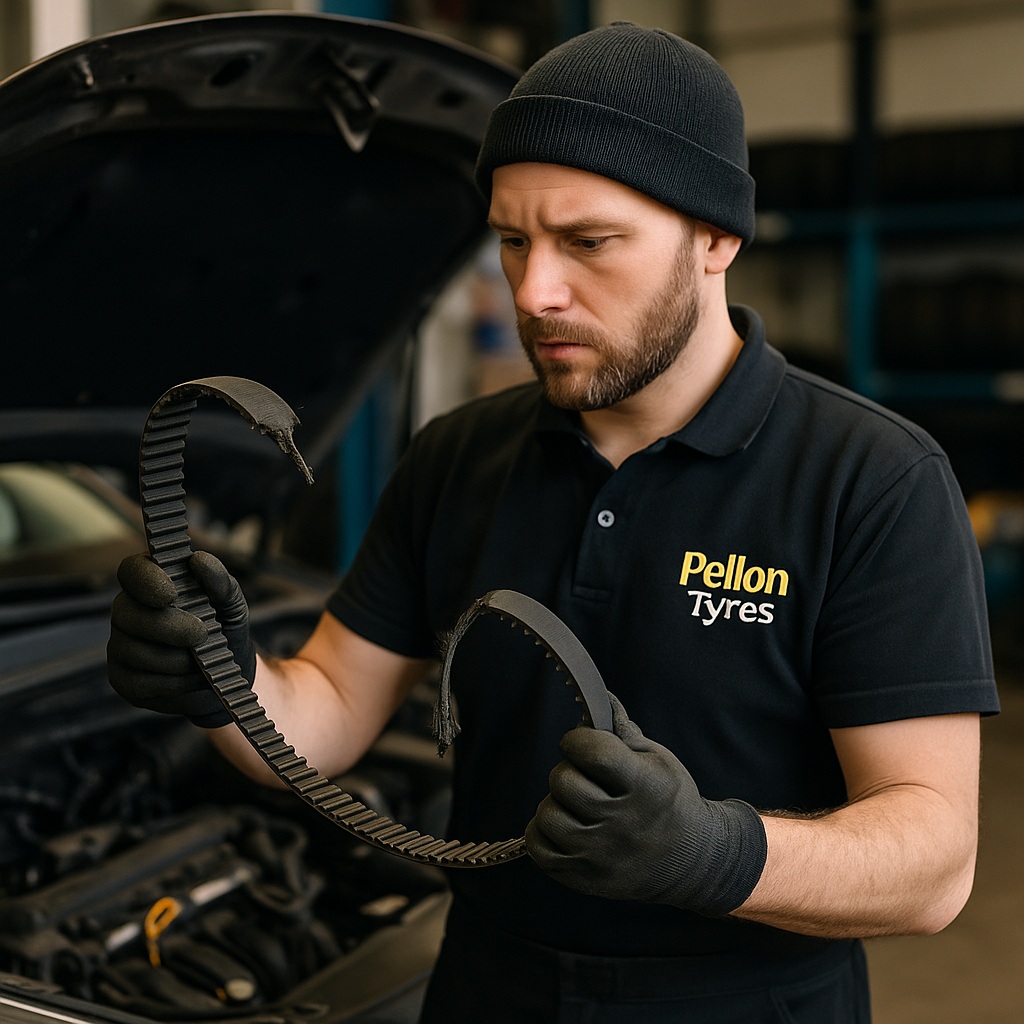Vauxhall Vectra Air Conditioning Problems?
Table of Contents
Vauxhall Vectra Air Conditioning Problems
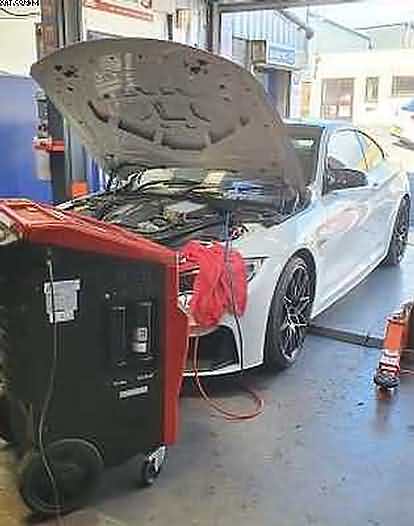
Vauxhall Vectra Air Conditioning Problems
Okay, let’s talk about something that might be a real hassle for Vauxhall Vectra owners:
air conditioning. We all know that a working air conditioner in the UK is like a decent umbrella: it isn’t always necessary, but when it is, it’s a lifesaver. But what if your faithful Vectra chooses to give up on keeping you cool? Let’s break it down and see how you can resolve these issues without breaking the bank.
- The Mystery of Disappearing Cool Air: So you’re driving your Vectra on a shockingly sunny day in Halifax, and you turn on the air conditioner for some respite. But instead of a cool breeze, you receive a burst of air as warm as your grandmother’s living room. What’s going on? Frequently, this is due to a lack of refrigerant. It’s like attempting to prepare a cup of tea without using any water. What’s the fix? A simple AC recharge should suffice. You can get this done at most garages without having to sell your kidney.
- The Case of Foul Smells:
Have you ever turned on your air conditioner to discover a smell like a wet dog? Not ideal for impressing your date. This odour generally indicates that mould or bacteria are forming in the system. What’s the solution? Get the air conditioning system cleaned and the cabin filter replaced. It’s similar to giving your car a good bath—fresh and clean. - The Rattle and Hum Mystery: If your Vectra’s AC starts sounding like a band rehearsing in the boot, the fault could be with the compressor. It is the heart of the air conditioning system, and if it fails, you are out of luck. Replacing a compressor can be expensive, but it is sometimes the only option to restore cool, quiet drives.
- The Vanishing Act of frigid air: The air conditioner can start frigid but then fade away, similar to a British summer. This could be indicative of a faulty condenser. It’s like having a plugged nose; the air can’t flow freely. A replacement may be required, and while it is not inexpensive, it is cheaper than driving around in a mobile sauna.
- Electric Gremlins:
In certain circumstances, the issue is not mechanical but electrical. Fuses can blow, wires fray, and before you know it, your air conditioner is as unresponsive as a teenager at dinner. A little detective effort (or a call to a qualified electrician) may generally reveal and resolve these difficulties. - Regular Maintenance: Prevention Is Better Than Cure.
The best strategy to avoid AC problems? Regular upkeep. Have it checked as part of your routine service. It’s similar to getting a regular check-up at the doctor; it can identify problems before they become disasters.
So there you have it. Vauxhall Vectra Air Conditioning Problems
Your Vauxhall Vectra’s air conditioning system does not have to be a source of frustration. With a little care, attention, and the occasional trip to a decent garage, you can stay cool even when the British weather decides to throw us a rare scorcher. And remember, if you’re ever in doubt, stop by your local garage for some friendly guidance; it’s always preferable to sweating it out on the M62!
In recent times (during a hot spell), Vauxhall Vectra Air Conditioning Problems
I have had a few Vauxhall Vectra cars in with the air conditioning not working.
One guy, the owner of a Vauxhall Vectra GSL, found that when he pressed the air conditioning button in the car, the revs dropped on the engine, but there was no cold air coming through into the car?
We discovered that he had a plug connection to the compressor that was not connecting properly. The compressor was failing to engage because of the faulty connector wiring. We repaired the faulty wiring, and the compressor started to engage. The system worked fine, and the customer went away happy.
Another Vauxhall Vectra came into us. Vauxhall Vectra Air Conditioning Problems
with her air conditioning failing to work. We tried to re-gas the system, but the AC system was not holding the gas. On inspection with our leak detector, we noticed that there was a hairline crack on one of the pipes that were coming from the compressor.
This pipe was causing her all the trouble. We ordered a new pipe, fitted it, and re-gassed the air conditioning system. Once again, the lady went away happy with her AC working to perfection.
The Vauxhall Vectra is also prone to having a damaged condenser.
This is located at the very front of the car and looks just like a radiator. To get to the compressor, you have to remove the whole body panel.
When the customer brought in the car, he told us that his AC was out of order. The first thing we did was to check for leaks with our special fluid. The leak test found a leaking condenser.
It appeared as though a stone had hit the condenser and caused damage. This is a common Vauxhall Vectra fault because the condenser is exposed at the front. We fitted a new condenser and re-tested the system before re-gassing it. After the re-gassing, the air conditioning
the system worked fine and the guy went away a happy bunny (the day was a scorcher)
